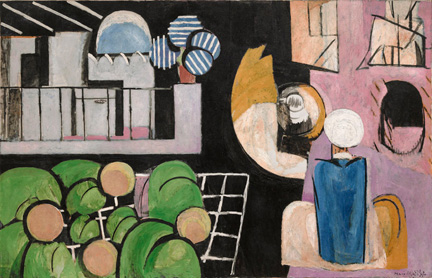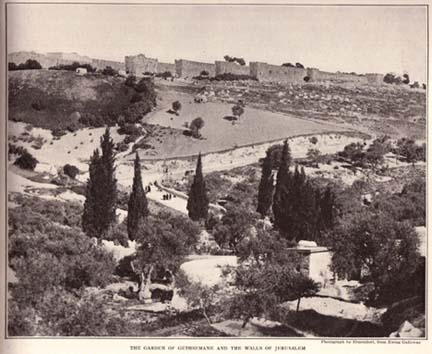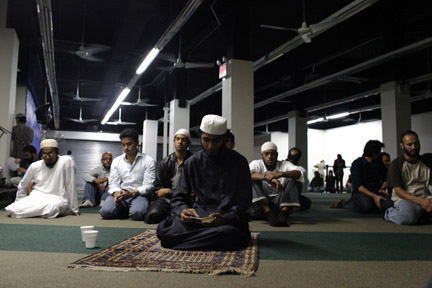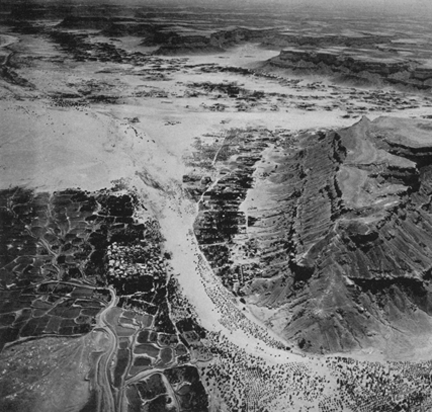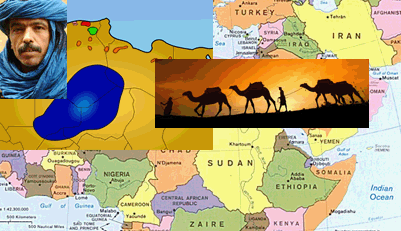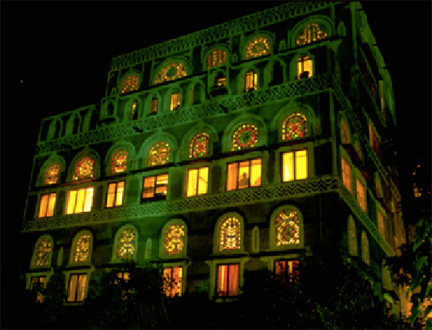
Bayt al-Hilali. Lighted middle floor was Wyatt’s home in Sanaa,Yemen (1970-72); Photo by Peggy Crawford (1988)
Is Yemen Really a Hotbed of Terrorism? “No,†says Author.
Arabian Nights and Daze Evokes a Friendlier Yemen than the Media Presents
Americans today have a negative image of Yemen and its people in the aftermath of media focus on radical Islam and terrorist activities in that country. Susan Clough Wyatt’s Arabian Nights and Daze: Living in Yemen with the Foreign Service provides timely insights into this vulnerable country, its history and culture, and the enormous challenges Yemen faces today. Arabian Nights and Daze has been selected as part of the Memoirs and Occasional Papers Series of the Association for Diplomatic Studies and Training (ADST) in Arlington, Virginia.
Journey back to 1970 when Wyatt and her Foreign Service officer husband reopened the U.S. diplomatic mission to the Yemen Arab Republic (YAR) after its closure at the time of the 1967 Arab-Israeli War. Arriving only eight years after progressive revolutionaries ousted a thousand-year-old dynasty of conservative Shiite Muslim imams, they found the mission in a shambles. Under the protection of the Italian embassy, they built it back in stages prior to full resumption of diplomatic relations with the YAR in 1972. Continue reading Arabian Nights and Daze
